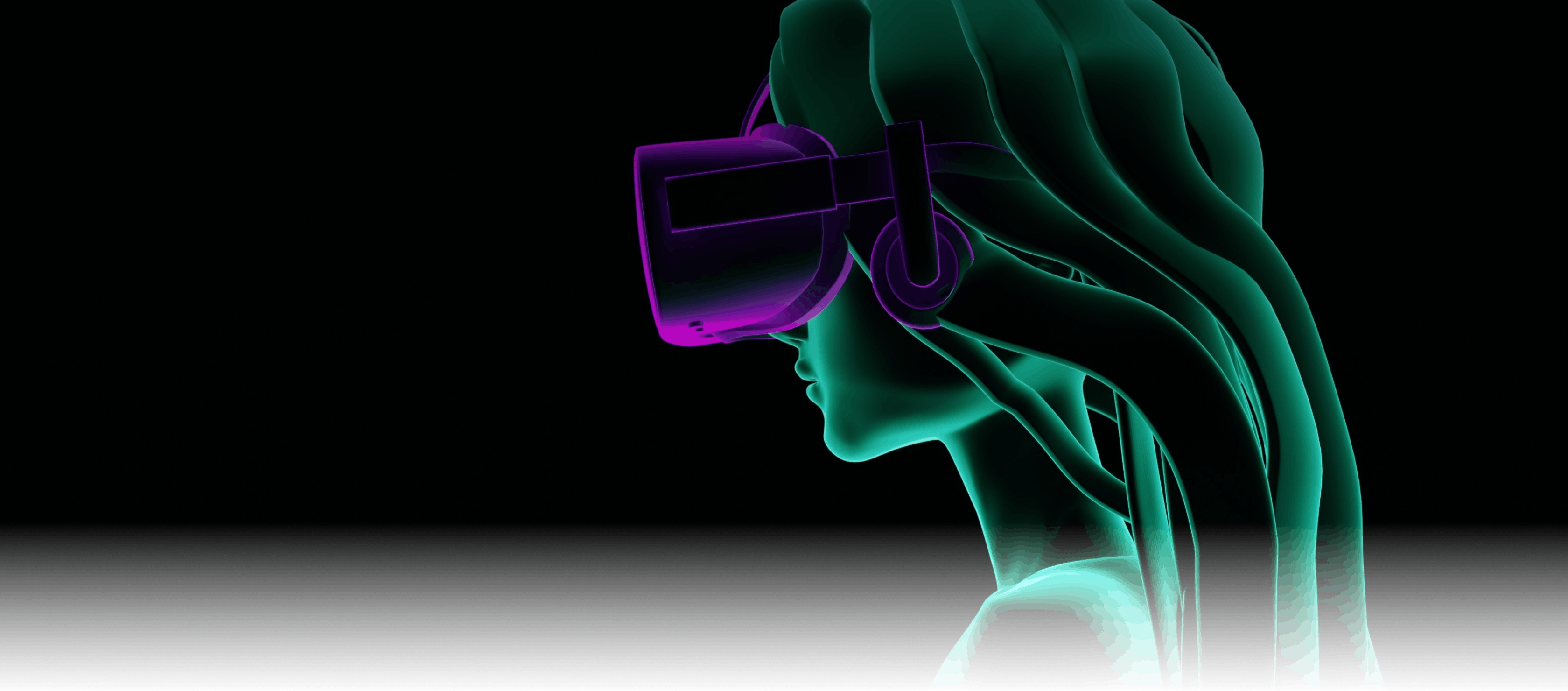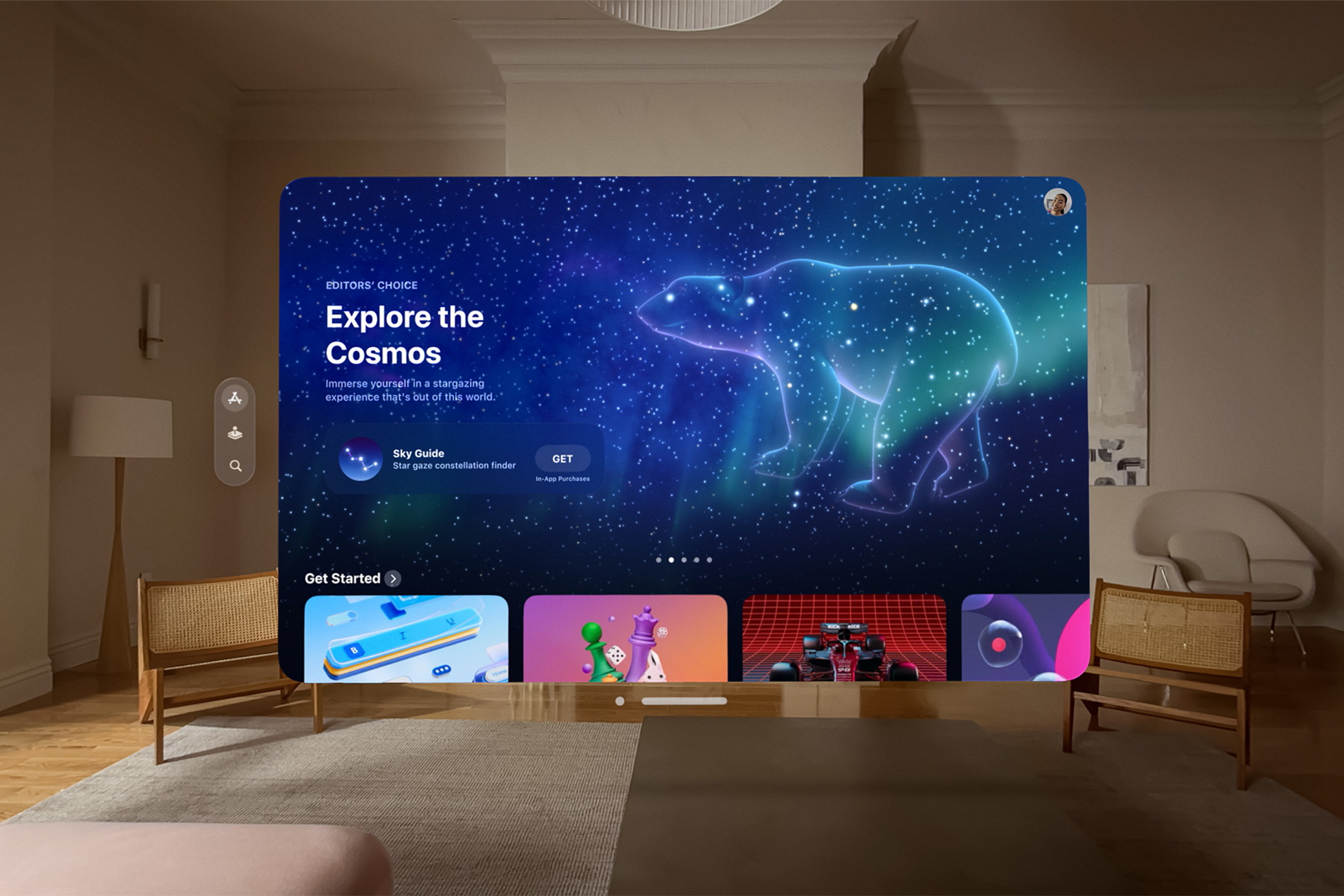The importance of Design in the new interaction paradigm
Digital technologies have drastically changed how we physically interact with computers and the outside world in recent decades. From the introduction of the mouse and virtual windows to the development of touch screens and voice commands, our bodies have become accustomed to dealing with machines and the tools connected to those machines, through an interface: a point where two systems, subjects, or organisations meet and interact.
As designers, we must break the dichotomy between utopia and dystopia and create the conditions for technology to consciously create real value in people’s lives and lead us towards preferable futures.
With our design ability, above all, we need to create the conditions for technology to be adopted by people.
Identify patterns and metaphors to facilitate adoption
When dealing with new technology, there needs to be a transition that people can get used to so they don’t feel too distant, unfit or scared. As designers, we must do user research and comprehend the metaphors, models, mindsets and patterns inherited from other digital or gaming products that are more effective in familiarising ourselves with an interactive space.
Apple unveiled Vision Pro, a device that most people have never tried and might be wary of, but that is like a big screen with which it will not be challenging to interact since we are already used to it.
A sort of ’California Roll approach’ to immersive technology: something that combines well-known elements (cooked fish and fresh cheese) to get the consumer used to more authentic sushi.
Explore new opportunities and take advantage of technological constraints
Tech companies that offer products are already drawing up guidelines for designing immersive services and experiences. On the one hand, it is a tool for the benefit of designers and developers to encourage standardisation and the creation of solutions compatible with the environment in which they live. On the other, it can limit opportunities for differentiation.
When working on a project, constraints are often perceived as limitations or barriers to possibilities. Instead, it is from the limit that we derive meaning and the directions along which to develop solutions. The limit is a test and growth ground from which innovative solutions arise.
Spatial Computing is a blank sheet where designers will define and codify new interaction paradigms, which, in turn, will enhance new usage scenarios. Therefore, we will be translators and real explorers of a new territory in which we create new contexts.








